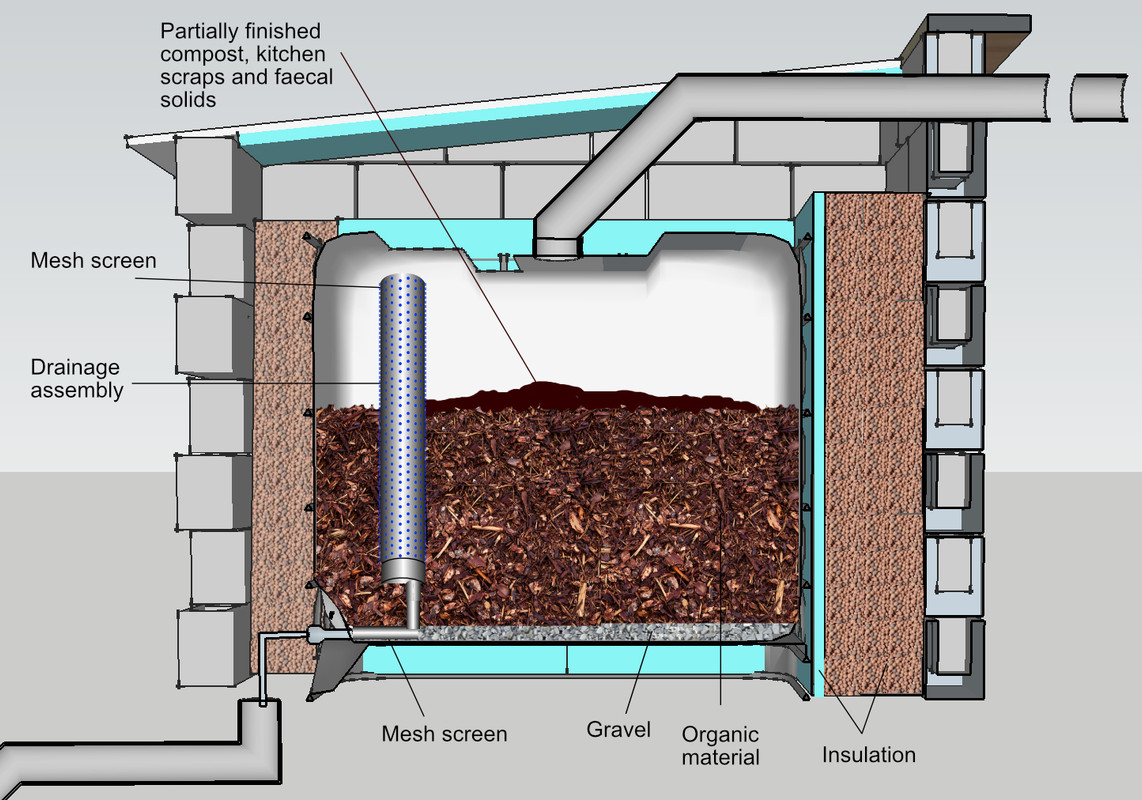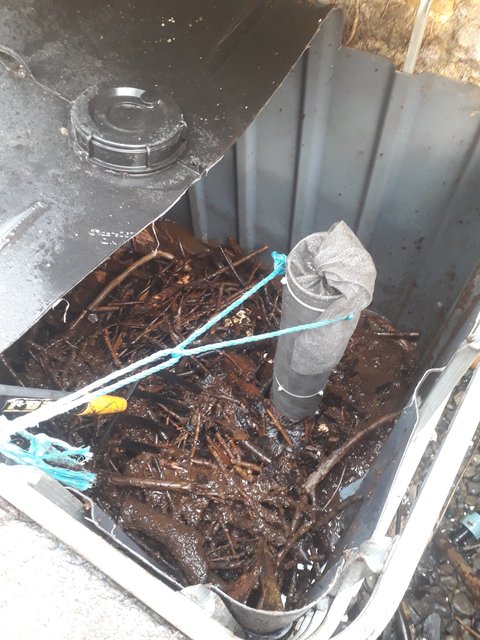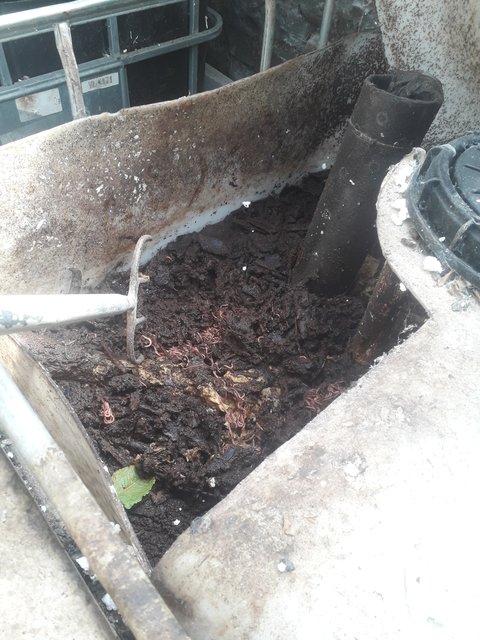
 9
9







 10
10




 2
2




Phil Stevens wrote:Looking at the diagram, my first reaction is that there appears to be a way for stagnant water to pool in the bottom of the container. The successful vermicompost (vermiseptic?) systems that I've seen don't have any liquid remaining in the worm bin...it all drains away to a reed bed, lagoon, or secondary settling tank.
If I were to design one of these, I'd use stainless steel mesh to support the wood chips well above the bottom and have a large-diameter drain at the point of lowest elevation. That way the water drains through the active worm area and anything smaller than the mesh opening falls through and is flushed out. The design you have is prone to blockage as the worm castings build up around the perforated pipe and eventually encroach on the holes.







 5
5











 4
4




 6
6




 5
5





 2
2





|
nothing beats office politics like productivity. Or maybe a tiny ad:
The new gardening playing cards kickstarter is now live!
https://www.kickstarter.com/projects/paulwheaton/garden-cards
|





